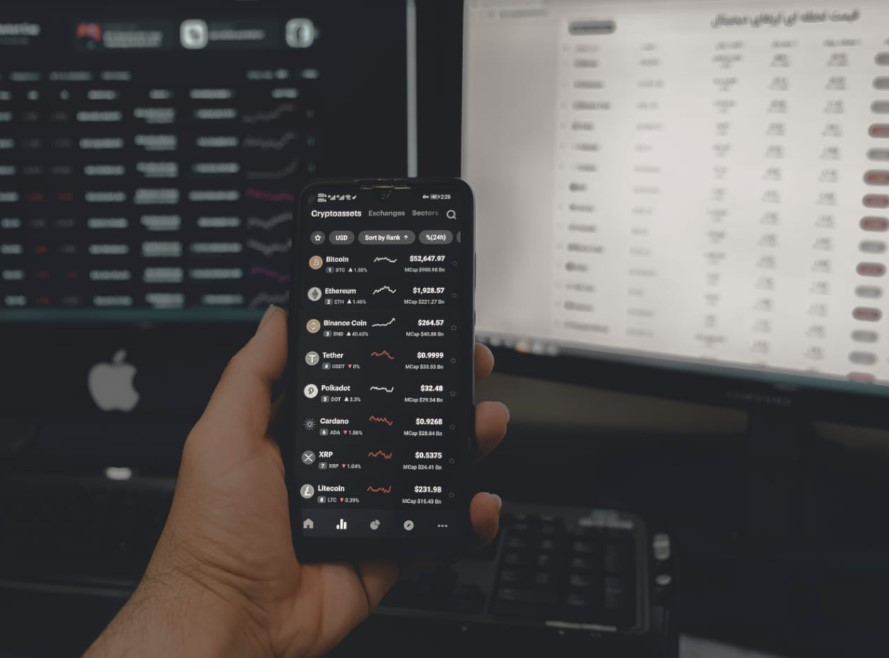Brands are pivoting from mass production and are instead focusing on customized product configurations.
Product configurators lie at the heart of this mass customization push.
A flexible configurator helps companies get orders right in order to avoid costly errors that may place the business in jeopardy.
What is a Product Configurator
A product configurator is a piece of software that helps users to choose features for a product that meets their exact specifications and needs. The digital tool works by using rules that lead a user to complete a configuration.
Once the configuration tool verifies an input, the user then continues customizing the product or service.
Prevent Quotes Riddled with Mistakes
Quotes that are manually generated run the risk of containing errors. In order to sidestep this issue, businesses use configurators to optimize the quotation process, which reduces time to market by cutting down on how long it takes to issue an accurate quote to a potential customer.
The Advantages of Product Configuration
Product configurator digital tools cut down on the probability of errors and cuts down on onboarding time for new staff members. They also give businesses more control over manufacturing and production by streamlining communication within the organization (between different departments) and with clients.
Software solutions that can be used by both employees and clients give businesses the power to assign individuals or teams that should be handling a configured order.
Let’s now take a closer look at how configuration software enables companies to grow.
Optimized Business Tasks
There are different components involved in helping clients make various configurations; handling pricing, managing costs, quotes, and licenses are some of the most common.
Traditionally, vital sales data was stored across different systems or desktop computers in a company.
As a consequence, data would typically become outdated or incomplete since there would be several versions of documents being used in the organization.
Unsurprisingly, this generates bottlenecks and mistakes.
This is why product configurators were introduced to fight against inaccurate information.
Software programs that use rules-based product configurator tools to help guide customers to choices they can actually choose are able to streamline the entire process.
Give the Sales Teams a Boost
Salespeople require time before they can become to become familiar and comfortable with all the features and important compatibility issues of sophisticated products and services.
Businesses can organize and manage all the pertinent configuration data all in one place, regardless of the product that can be configurated.
Optimize Data Entry
A proper product configurator flags inaccurate entries, irrespective of how complex the product seems to be.
As a result, companies are able to practically cut down on mistakes and reduce returns.
Product Configurators Powered By Rules
Properly set up product configuration software systems can help companies across industries to level up.
Business Rules Engine
The most powerful product configurators use a pluggable piece of software called a business rules engine to optimize their processes. A rules engine runs business rules, which are “when-then” conditional statements that play an integral role in the configuration process.
Business rules engines give product configurators the added capability to
- Correctly outline pricing and discounting requirements.
- Immediately update sales pipelines as quotes are being issued.
- Automatically renew quotes using verified customer information.
- Give salespeople the ability to make and manage quotes with ease.
Managing characteristics and discounts or increasing quantities to configure the best product for customers is extremely easy using a rules-based product configurator.










